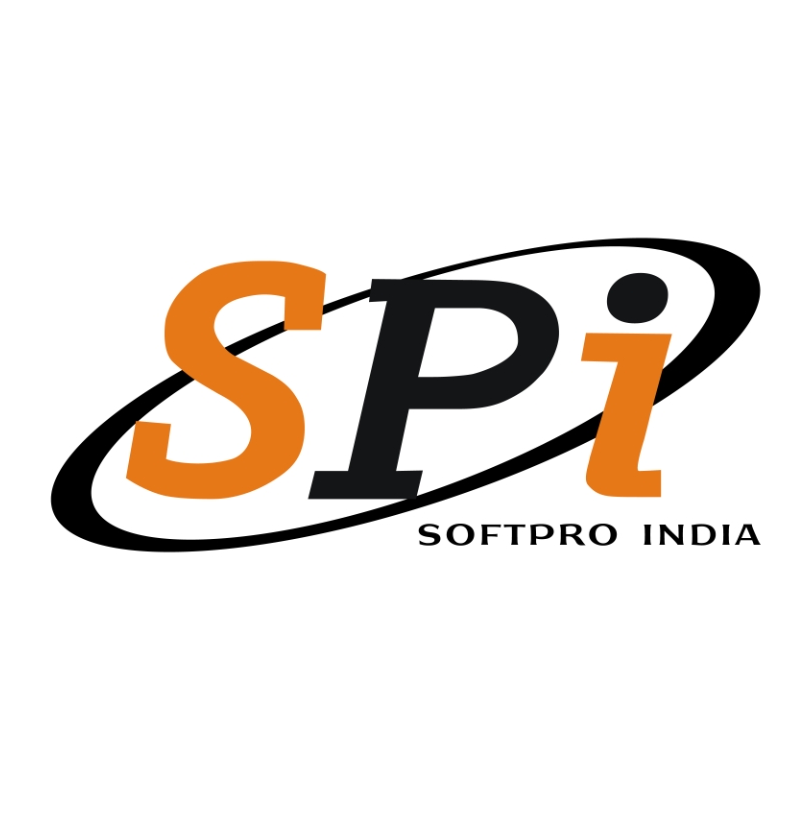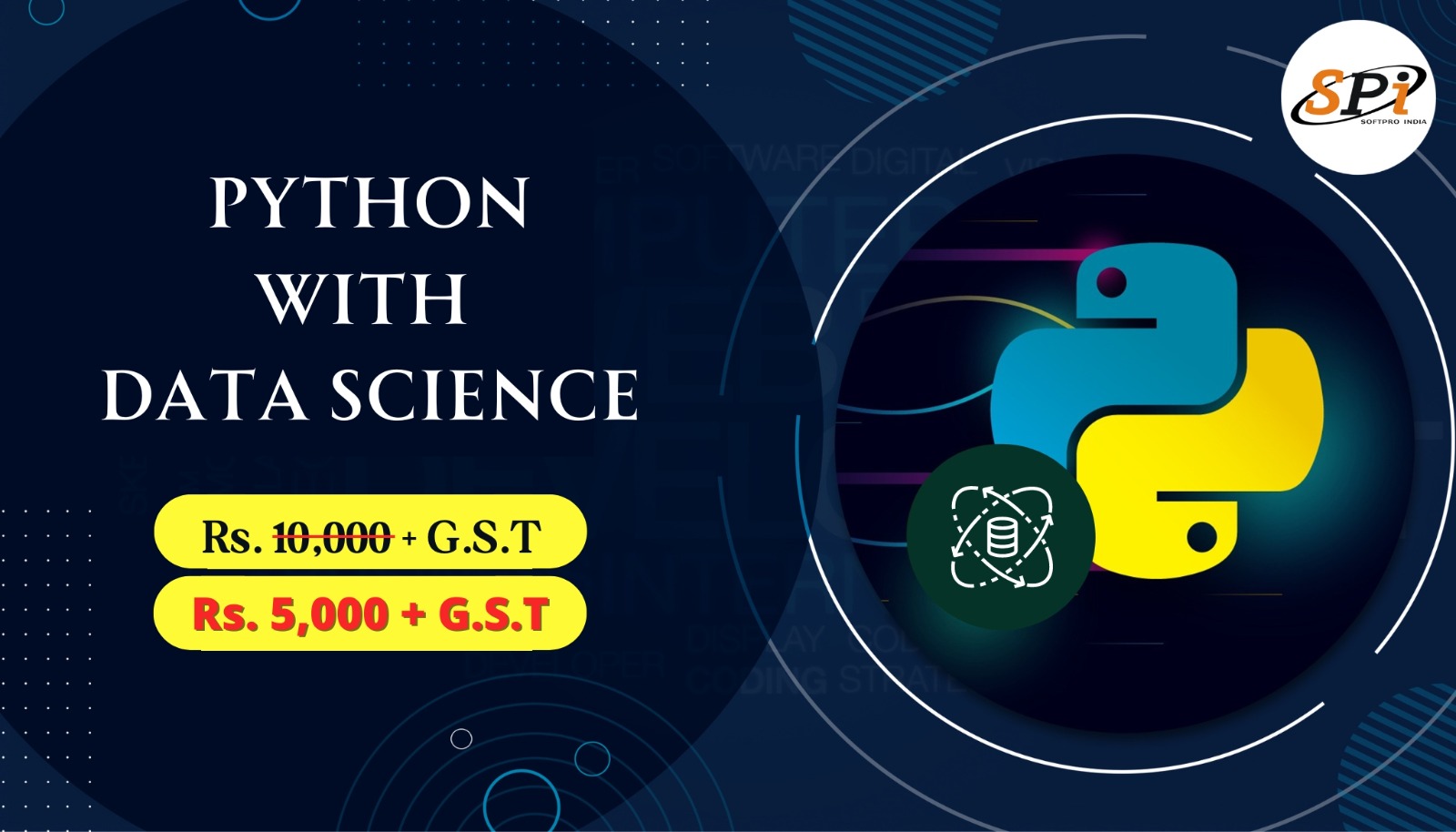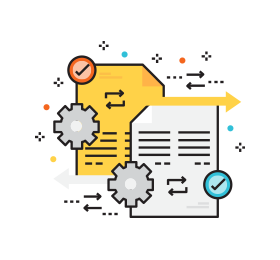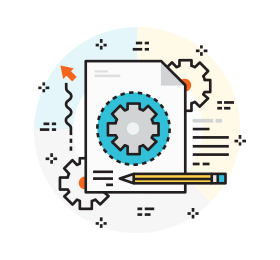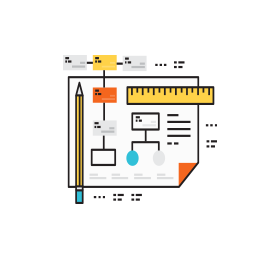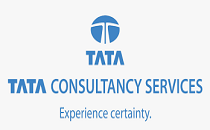The main goal of Data Science training is to teach you how to make decisions based on data. You'll learn to work with data using Python, Pandas, and NumPy, and understand important statistics and probability concepts. You'll also learn to create visual data reports with tools like Matplotlib, Seaborn, Tableau, and Power BI, which help to show your findings clearly.
The training will teach you how to build and test machine learning models using Scikit-learn, TensorFlow, and Keras. You'll also learn data engineering skills, like setting up ETL processes and working with big data tools such as Hadoop and Spark. A key part of the training is learning how to solve business problems with data and explaining your results to others.
You'll improve your programming skills, learn good software practices, and explore advanced topics like time series analysis, natural language processing, and deep learning. The training encourages ongoing learning through courses, workshops, and community involvement. You'll complete real-world projects to build a portfolio, showing your skills to future employers. Overall, this training aims to make you a skilled Data Science professional ready to tackle various data challenges and innovate in your field.
Fees for Summer Internship
For Online Summer Training, Softpro India has a discounted fee of INR 5,000/- as compared to the Offline Fee of INR 10,000/-. Just in INR 5,000/- the Trainees will get the best of online learning with live classes, video library and assignments for their evaluation. The discount is being granted due to the high demand of online learning and Softpro India's aim of "Bridging the Technology Gap" for all our dear Trainees.
Training Syllabus
Importance of data science in today's world
Data science workflow
Introduction to Python and SQL
Basic syntax and data types
Control structures and functions
Data structures and file input/output
Introduction to popular libraries: NumPy, Pandas, and Matplotlib
Basic SQL syntax and data types
Data manipulation and querying
Data visualization and analysis using SQL
Probability
Calculus
Handling missing data
Data normalization and transformation
Data quality control
Data visualization tools: Matplotlib, Seaborn
Creating effective visualizations
Best practices for data visualization
Probability
Calculus
Supervised and unsupervised learning
Regression and classification models
Model evaluation and selection
Developing a data science project
Data collection and preprocessing
Data visualization and analysis
Model development and evaluation
Jupyter Notebook
SQL database management system (e.g., MySQL, PostgreSQL)
Data visualization tools (e.g., Matplotlib, Seaborn)
Machine learning libraries (e.g., scikit-learn, TensorFlow)
